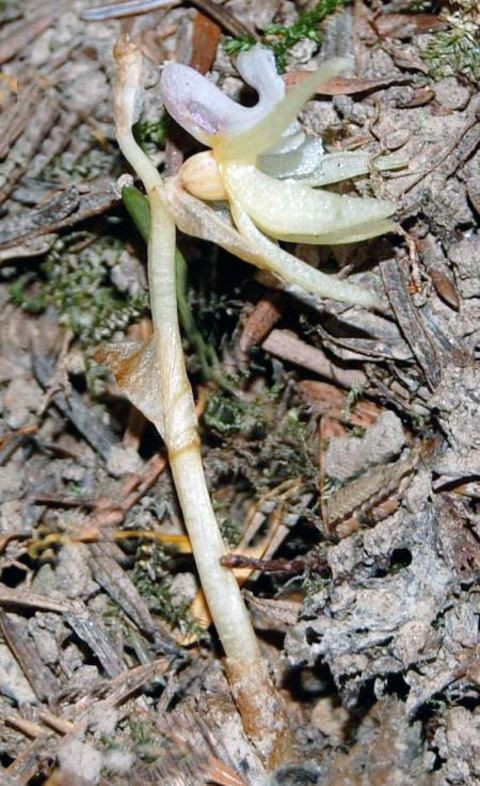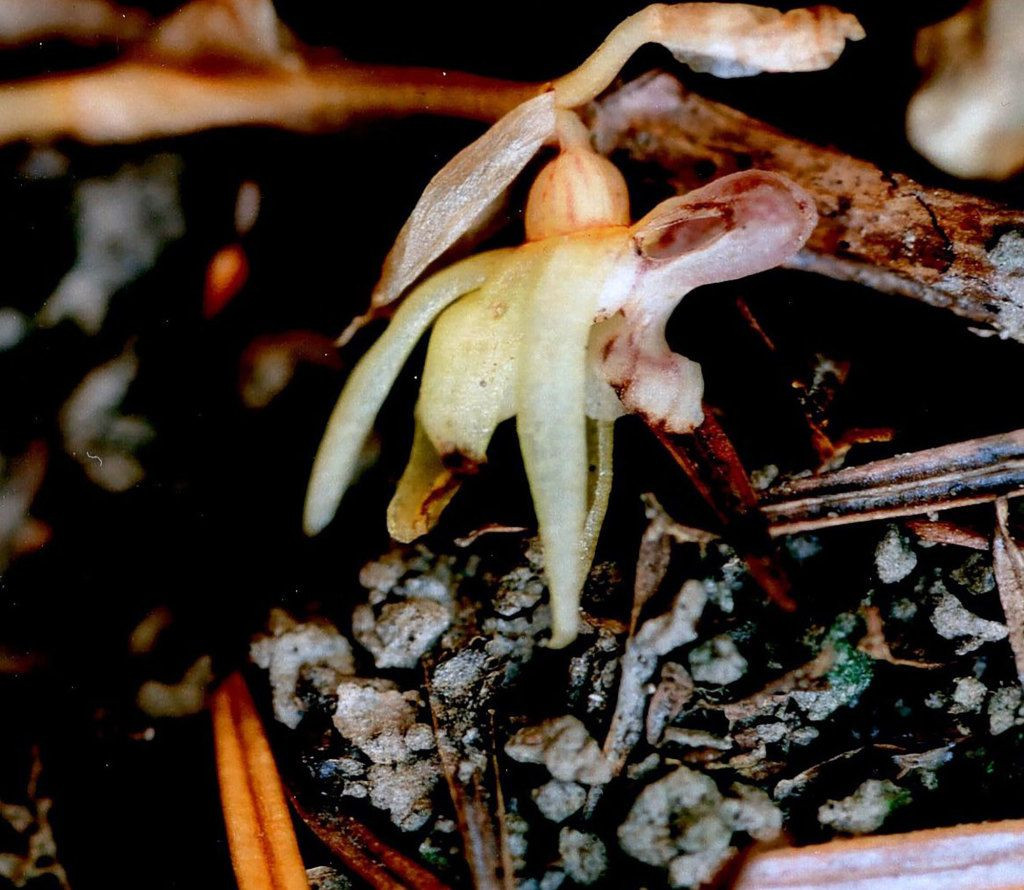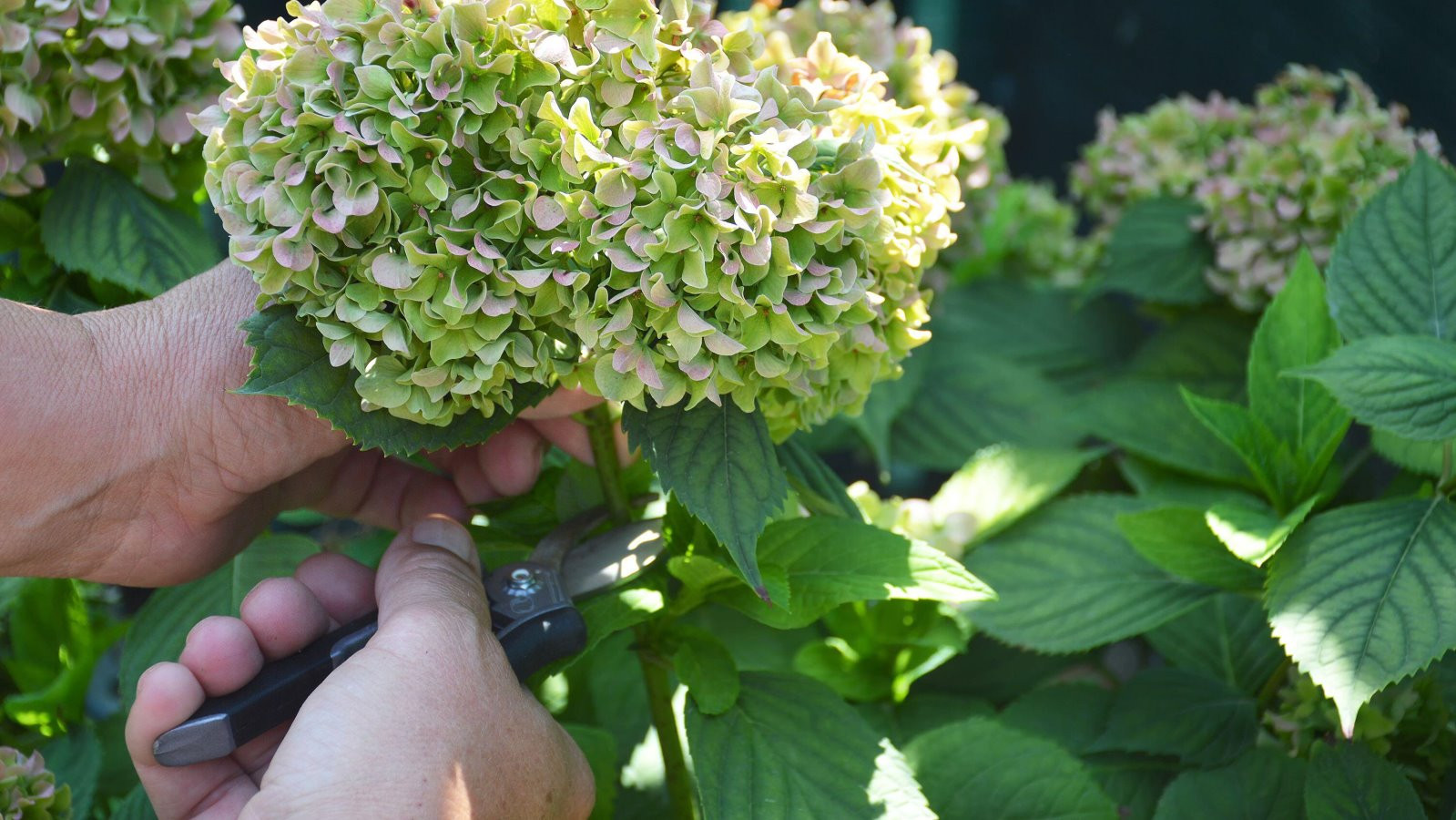Britain’s rarest plant, a “holy grail” orchid, has been rediscovered for the first time since 2009, and Scientists are now working to protect it from slugs, deer – and poachers.
The ghost orchid was discovered earlier this month by Richard Bate, a dental surgeon, orchid lover and member of the Botanical Society of Britain and Ireland (BSBI). Its location in England is now being kept secret to protect its sensitive underground parts from being trampled by enthusiasts who would flock to see it – or having its flower plucked by a poacher. Bate has spent 30 years searching deep, dark woodland in the hope of catching a glimpse of this rare flower.
Prof Ian Denholm, one of BSBI’s two national expert referees on orchids, said: “[The] ghost orchid has long been the holy grail for British botanists. There was a brief flurry of records in the 1960s and 1970s, and I was lucky enough to see a single specimen in the mid-1980s. Since then, I reckon only six people have knowingly observed it in the wild in Britain. It is wonderful news that it has reappeared and let’s hope it does again.”
The Ghost Orchid's Elusive Nature
The flower, named for its otherworldly glowing white hue, was first recorded in Britain in Herefordshire in 1854. It appears rarely and in elusive places, and has been spotted in Britain only a few dozen times in the 170 years since. Experts declared it extinct in 2009 after it having been absent for 22 years, but the orchid defiantly appeared a week later. Until this month, it had not been seen since then.
Dr Kevin Walker, BSBI’s head of science, said: “This is an outstanding discovery by Richard and is a fitting reward for his years of painstaking searching. Anyone who has tried and failed to see this enigmatic plant will know just how skilful and lucky you have to be to find them. They are incredibly hard to spot amongst the leaf litter and often only persist for a matter of hours or days, being avidly predated by all manner of creatures ranging from slugs to deer.”
A Symbiotic Relationship with Fungi
Found only in the deepest woodland, the orchid has no leaves and no chlorophyll so cannot photosynthesise. It feeds on nutrients from fungi that live underground, and because it does not need sunlight it mostly lives in the soil, rising to flower only in perfect conditions. In England it favours dark woodland of beech or oak but elsewhere in Europe it has also been found under pine trees.
Bate said: “Knowing that the ghost orchid is still here and hasn’t gone extinct in Britain fills me with hope for the future of this species. This discovery reminds us that even in the darkest woods, there is always hope.”
A History of Rediscoveries
The ghost orchid has a fascinating history of appearances and disappearances. Here's a glimpse into its elusive presence across different regions of Britain:
Herefordshire and Shropshire
Found flowering in only five years between 1854 and 1910, followed by a 72-year gap until 1982, and then a 27-year gap until the last sighting in 2009.
Oxfordshire
Discovered by a schoolgirl in 1924, the ghost orchid was found flowering in about a dozen years between 1924 and 1979.
Buckinghamshire
First found in 1953, the ghost orchid was recorded in bloom in 25 of the years between 1953 and 1987.
The Ghost Orchid's Significance
The Ghost Orchid’s reappearance highlights the importance of ongoing conservation efforts for rare and endangered species. This discovery serves as a reminder of the resilience of nature and the need to protect delicate ecosystems.
Bate's dedication to searching for this elusive plant showcases the passion of amateur botanists who contribute significantly to our understanding of the natural world. The BSBI's role in supporting and validating such discoveries is crucial for the preservation of biodiversity.
A Call to Action: Protecting the Future of the Ghost Orchid
The Ghost Orchid's survival depends on safeguarding its habitat and preventing further threats from poaching and habitat destruction. This rediscovery inspires a sense of responsibility to protect not just this species but all the intricate and delicate ecosystems it calls home. The future of the Ghost Orchid, and countless other species, hinges on collective action and a commitment to environmental conservation.
A Beacon of Hope in the Darkest Woods
The rediscovery of the Ghost Orchid is a testament to the enduring power of nature and a reminder of the importance of preserving biodiversity. It serves as a beacon of hope in the face of environmental challenges and a call to action for continued conservation efforts.
The Ghost Orchid's story is a powerful reminder of the interconnectedness of life on Earth and the need to safeguard our planet's delicate ecosystems for future generations.


















